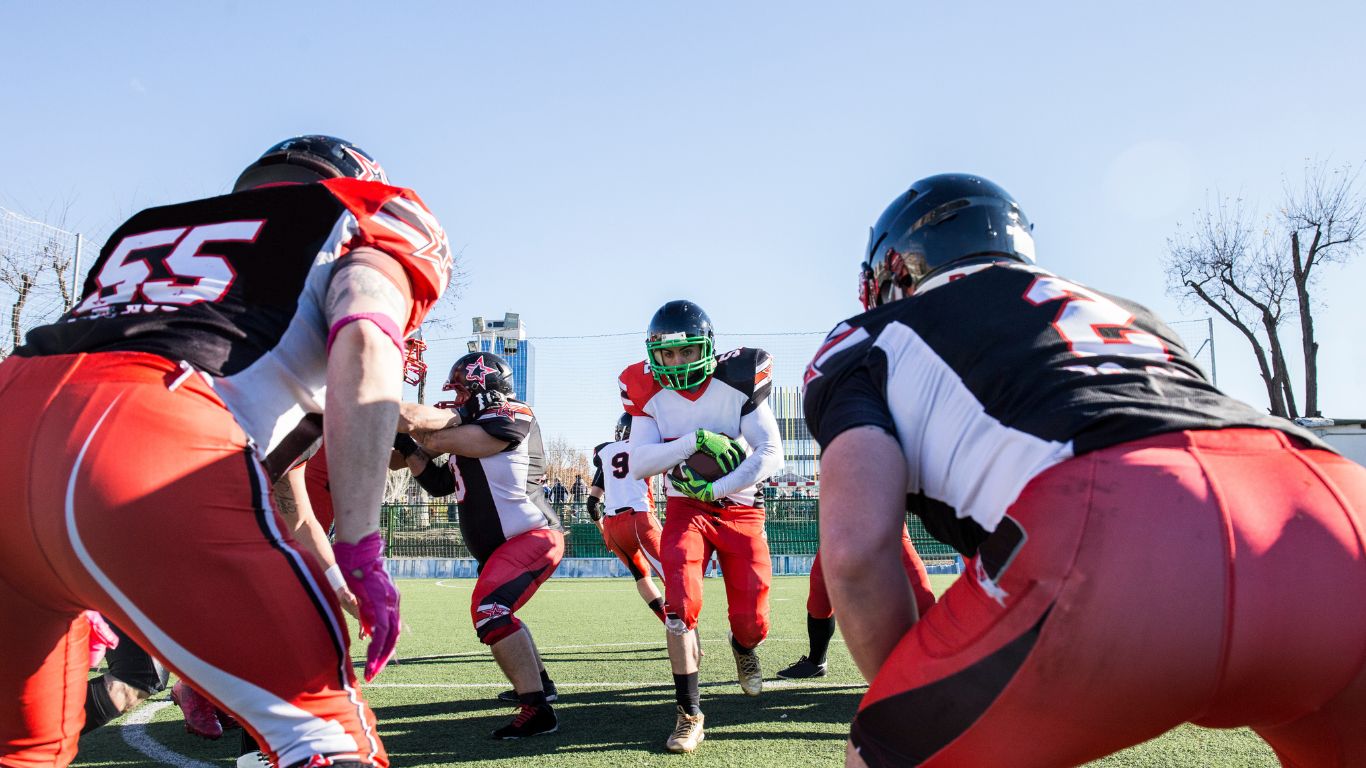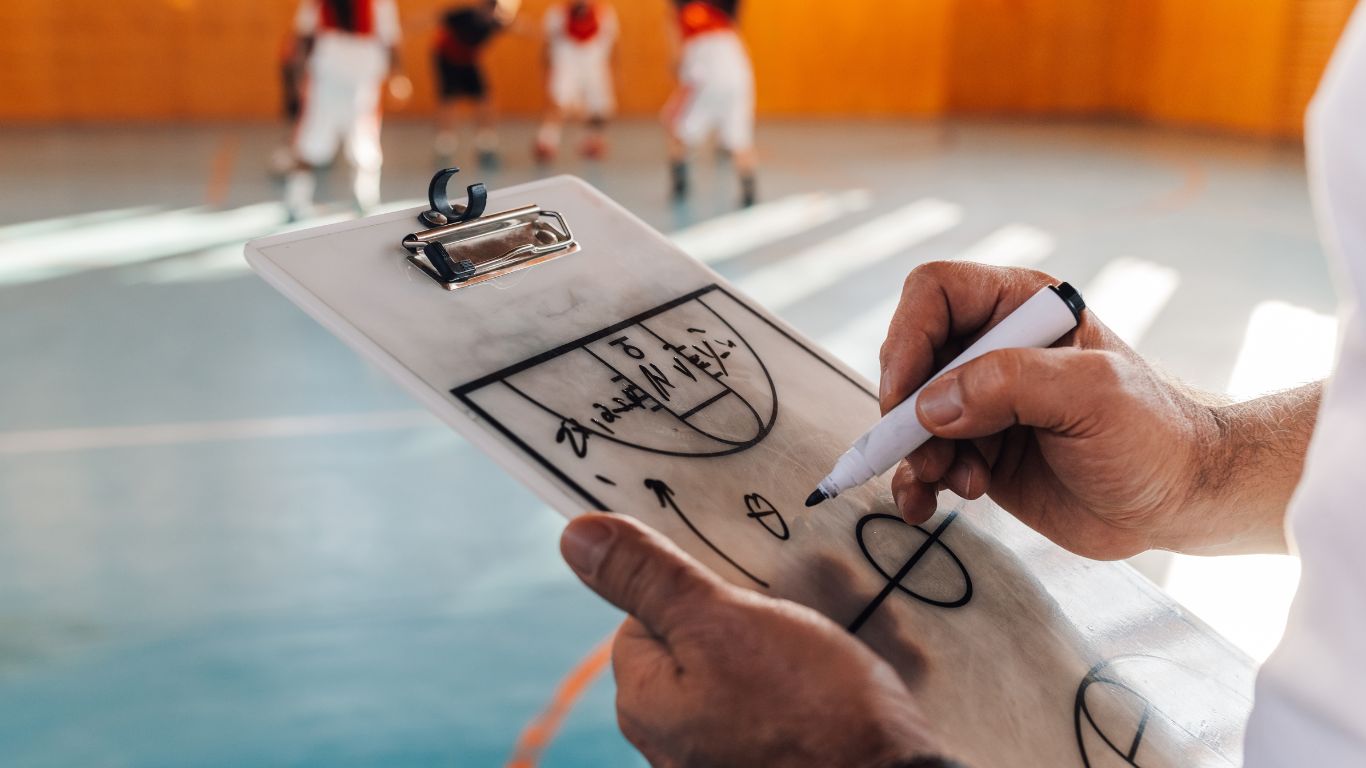The blitz is a high-energy and high-stakes maneuver in American football that is as thrilling for fans as it is strategic for the teams executing it. In essence, a blitz occurs when additional players, beyond the defensive line, charge towards the quarterback instead of falling back into coverage. This aggressive defensive tactic is a game-changer, intended to disrupt the offense’s rhythm and force quick decisions or mistakes.
Definition and Purpose of Blitz
The term ‘blitz’ is short for the German word ‘Blitzkrieg’, meaning ‘lightning war’, and its football application is quite appropriate. In football, a blitz is a strategic tool used by the defense to pressure the quarterback by sending more attackers than the offensive line can block. The primary goals of a blitz are:
- To sack the quarterback before he can throw the ball.
- To force the quarterback to make an error, like an interception or a fumble.
- To disrupt the timing of a running play.

Common Usage
Football commentators, coaches, and players frequently use the term in various contexts:
- The defense keeps the pressure high with a relentless blitz strategy.
- Their unexpected corner blitz resulted in a game-changing sack.
- The offense must improve their blitz pickup to protect their quarterback.
Strategies for Executing a Successful Blitz
A well-planned and well-executed blitz requires both cerebral strategy and athletic execution. Some key strategies include:
- Anticipation and Timing: Launching the attack precisely when the offense least expects it, often by reading the quarterback’s cadence.
- Right Personnel: Assigning the fastest and most aggressive players to barrel through any openings in the offensive line.
- Concealment: Keeping the blitz intentions hidden using subtle formations to prevent the quarterback from reading the defense’s plans.
- Communication: Coordinating between all defensive players so each knows their role and can quickly adapt to changes.
- Complex Maneuvers: Employing stunts or twists, where defensive








